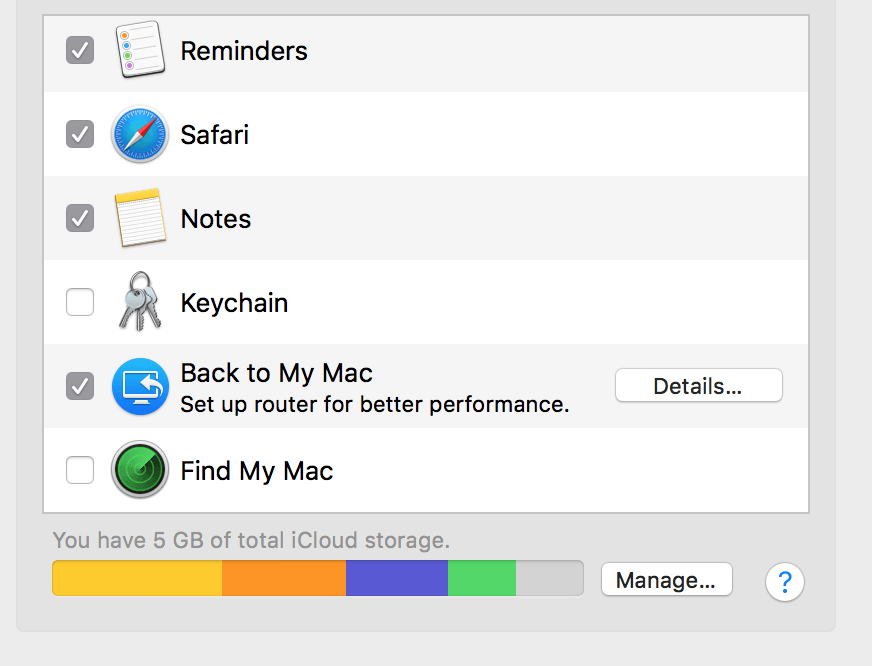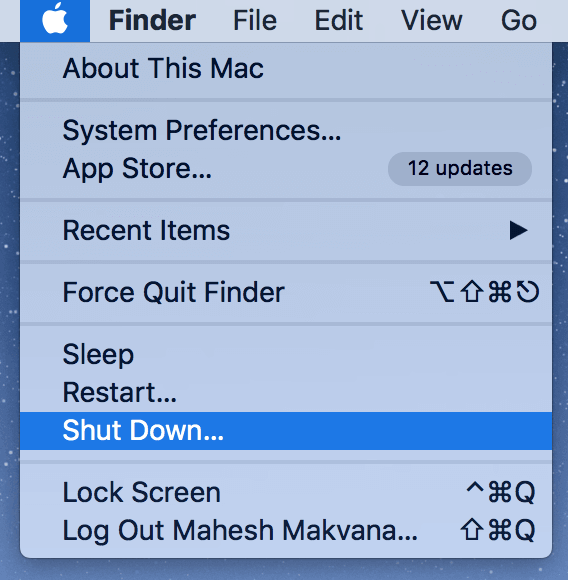
Unwinding a snapshot can be a difficult process, as the system needs to go through each data block and remove the preserved setting, decide if the data block still contains active information, and free up the data blocks that aren’t currently in use where it can. Rolling back to a snapshot is also quick just the metadata needs to be restored since all the actual information in a snapshot data block was never changed. Only the volume’s metadata is being copied, so the process is lightning-fast, especially when compared against conventional backups. Creating a Snapshot and Rolling Back a Snapshot is FastĪ big advantage to snapshots is how quickly they can be created. However, if the block is marked as preserved, such as when a snapshot has been generated, the old block remains and is not freed up for use.Įditing a file can significantly magnify the amount of space being used, as the old versions of the file are retained in the snapshot, while outright deleting a file frees up no space at all since the snapshot will retain all the preserved data. Normally the old data block can then be marked as free and available for use. When there’s a need to write data, such as when you’re editing a file, a new data block is used to hold the changes you’re making, instead of writing the data back to the original block. Snapshots leverage the APFS’s copy-on-write system. Time Machine can create and manage APFS snapshots for you. In this guide, we’re specifically dealing with the APFS snapshots. APFS-based snapshots use an entirely different mechanism even though Apple has continued to use the “local snapshot” nomenclature for both types of file system snapshots. Note: Apple has supported local snapshots on HFS+ formatted drives since OS X Lion. At the moment a snapshot is taken, there’s no increase in the space used on a volume. A snapshot essentially marks all the currently used data blocks on a volume to be preserved that is, no changes can be made to them. When a snapshot is initially created, it takes up no additional space on the volume.

Snapshots Take Up No Space, But Can Magnify the Amount of Data Blocks Used

In this Rocket Yard guide, we’re going to take a look at APFS snapshots, how they’re created, managed, and deleted, as well as the advantages and disadvantages of snapshots.


Before the system update is applied, a snapshot is taken of the startup drive, ensuring that if something goes wrong with the update process, you could recover from the problem quickly and be back right where you were before you started the system update. Apple makes use of the snapshot feature whenever a system update is performed.


 0 kommentar(er)
0 kommentar(er)
